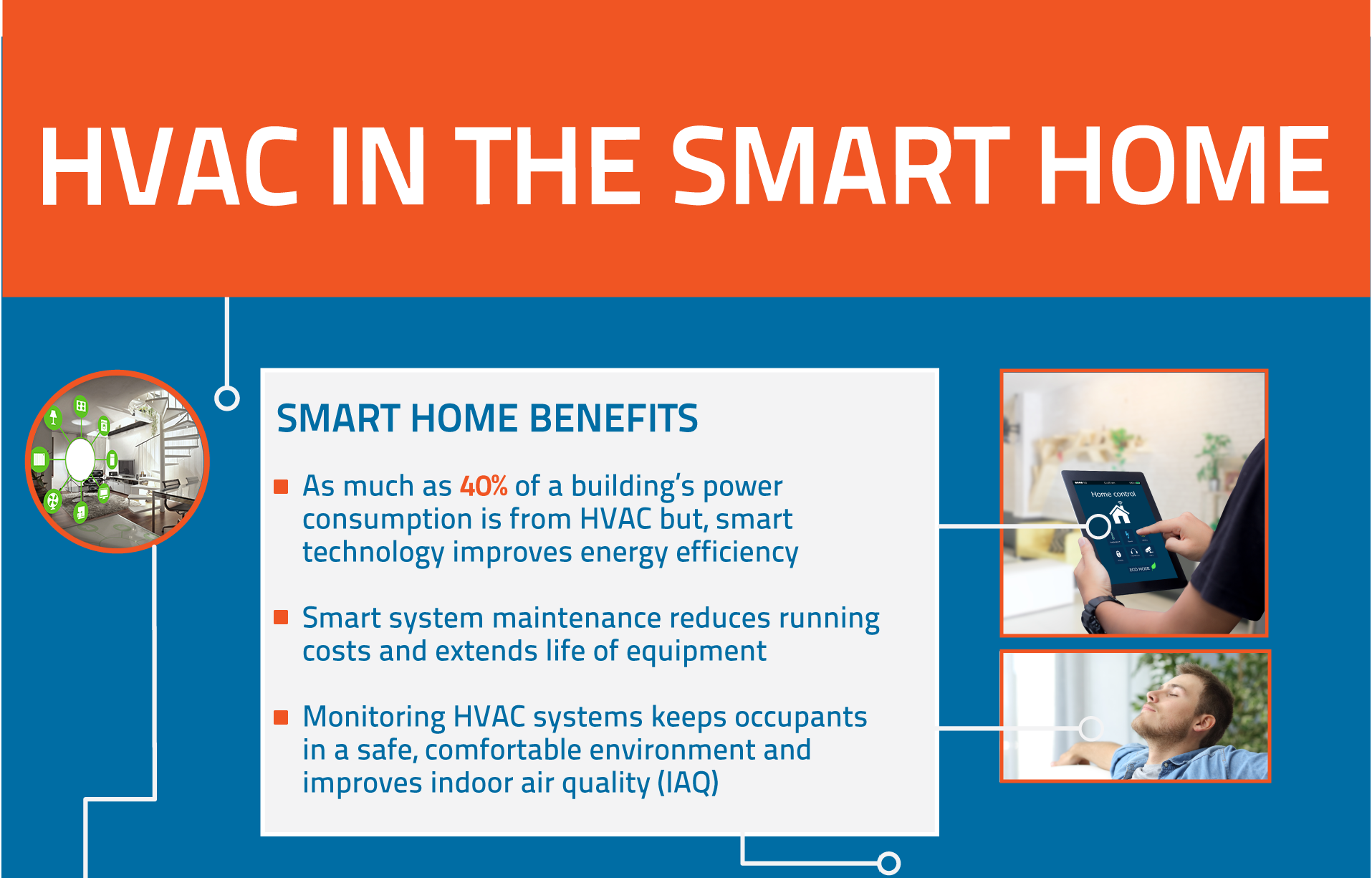The Ultimate Overview To Understanding Warm Pumps - How Do They Work?
The Ultimate Overview To Understanding Warm Pumps - How Do They Work?
Blog Article
Written By-Steenberg Best
The most effective heatpump can save you significant quantities of cash on energy expenses. They can also help in reducing greenhouse gas exhausts, especially if you use power in place of fossil fuels like gas and heating oil or electric-resistance heaters.
https://docs.google.com/spreadsheets/d/1y5oIb3f-oUNFIWng429i9DqZozZRUtrp3eVnEBQviRo/edit?gid=918024543#gid=918024543 work significantly the same as ac unit do. This makes them a sensible alternative to conventional electric home heating unit.
How They Work
Heat pumps cool homes in the summer and, with a little assistance from electricity or natural gas, they supply some of your home's heating in the wintertime. They're a great option for people who wish to lower their use nonrenewable fuel sources but aren't ready to replace their existing heater and a/c system.
They depend on the physical fact that also in air that seems as well cool, there's still power present: warm air is constantly moving, and it wants to move right into cooler, lower-pressure settings like your home.
A lot of ENERGY celebrity certified heat pumps run at near their heating or cooling ability throughout a lot of the year, decreasing on/off biking and conserving energy. For the very best performance, focus on systems with a high SEER and HSPF score.
The Compressor
The heart of the heatpump is the compressor, which is likewise referred to as an air compressor. This mechanical flowing gadget uses potential power from power production to increase the stress of a gas by lowering its quantity. It is different from a pump in that it just works on gases and can't work with liquids, as pumps do.
Climatic air gets in the compressor via an inlet valve. It travels around vane-mounted arms with self-adjusting size that split the inside of the compressor, producing numerous cavities of varying dimension. The rotor's spin forces these dental caries to move in and out of stage with each other, compressing the air.
https://www.prnewswire.com/news-releases/nearu-hvac-services-acquires-hagan-heating-and-air-a-33-year-old-leading-local-brand-in-anderson-sc-301126234.html reels in the low-temperature, high-pressure refrigerant vapor from the evaporator and compresses it into the hot, pressurized state of a gas. This process is repeated as needed to provide heating or cooling as required. The compressor likewise consists of a desuperheater coil that reuses the waste warm and includes superheat to the refrigerant, changing it from its liquid to vapor state.
The Evaporator
The evaporator in heat pumps does the same point as it does in refrigerators and ac unit, transforming liquid cooling agent right into a gaseous vapor that gets rid of heat from the space. Heat pump systems would certainly not work without this vital tool.
This part of the system lies inside your home or building in an interior air handler, which can be either a ducted or ductless system. It contains an evaporator coil and the compressor that presses the low-pressure vapor from the evaporator to high pressure gas.
Heatpump soak up ambient heat from the air, and afterwards utilize electrical energy to move that warmth to a home or company in home heating setting. That makes them a whole lot a lot more energy efficient than electric heating systems or heating systems, and since they're making use of tidy electrical power from the grid (and not shedding gas), they also generate much less exhausts. That's why heat pumps are such terrific environmental choices. (In addition to a significant reason why they're ending up being so popular.).
The Thermostat.
Heat pumps are fantastic alternatives for homes in cool environments, and you can utilize them in combination with standard duct-based systems or perhaps go ductless. They're a great alternative to fossil fuel heating systems or traditional electrical furnaces, and they're much more lasting than oil, gas or nuclear a/c devices.
Your thermostat is the most vital component of your heat pump system, and it functions very in different ways than a traditional thermostat. All mechanical thermostats (all non-electronic ones) work by using materials that transform dimension with enhancing temperature level, like coiled bimetallic strips or the increasing wax in a vehicle radiator shutoff.
These strips contain 2 various kinds of metal, and they're bolted together to develop a bridge that finishes an electric circuit attached to your a/c system. As the strip obtains warmer, one side of the bridge increases faster than the various other, which triggers it to bend and indicate that the heating unit is needed. When the heatpump is in home heating setting, the reversing shutoff reverses the flow of refrigerant, to ensure that the outside coil now works as an evaporator and the indoor cylinder comes to be a condenser.